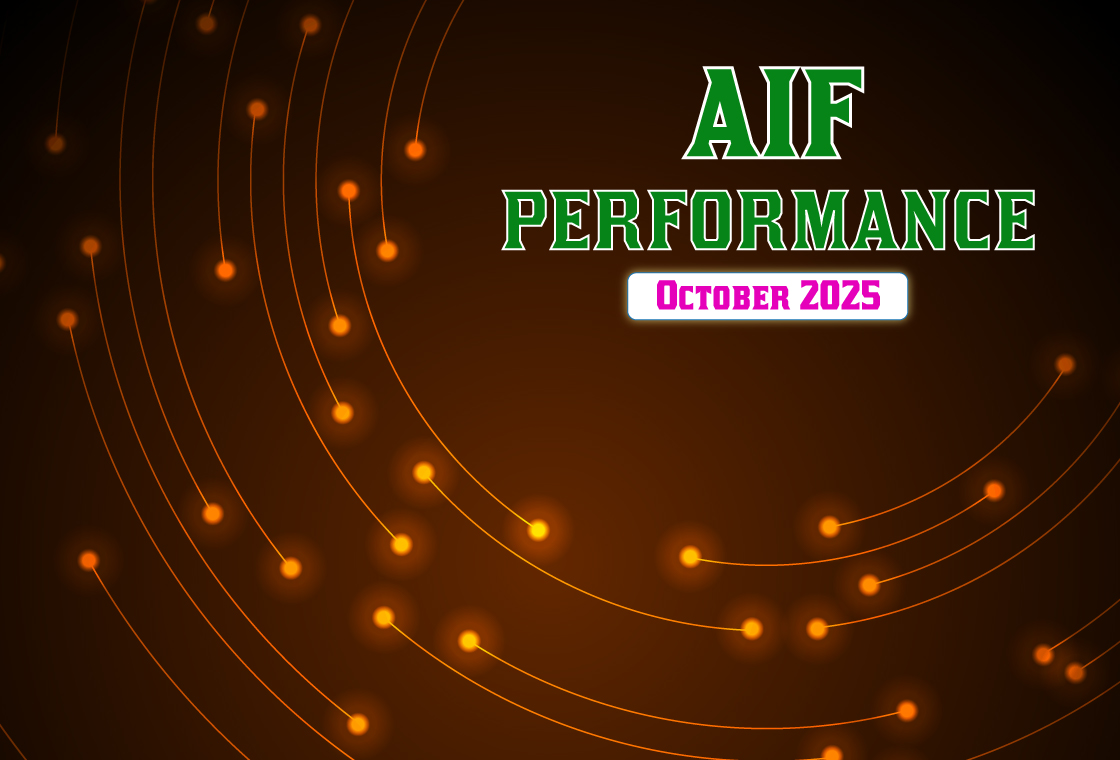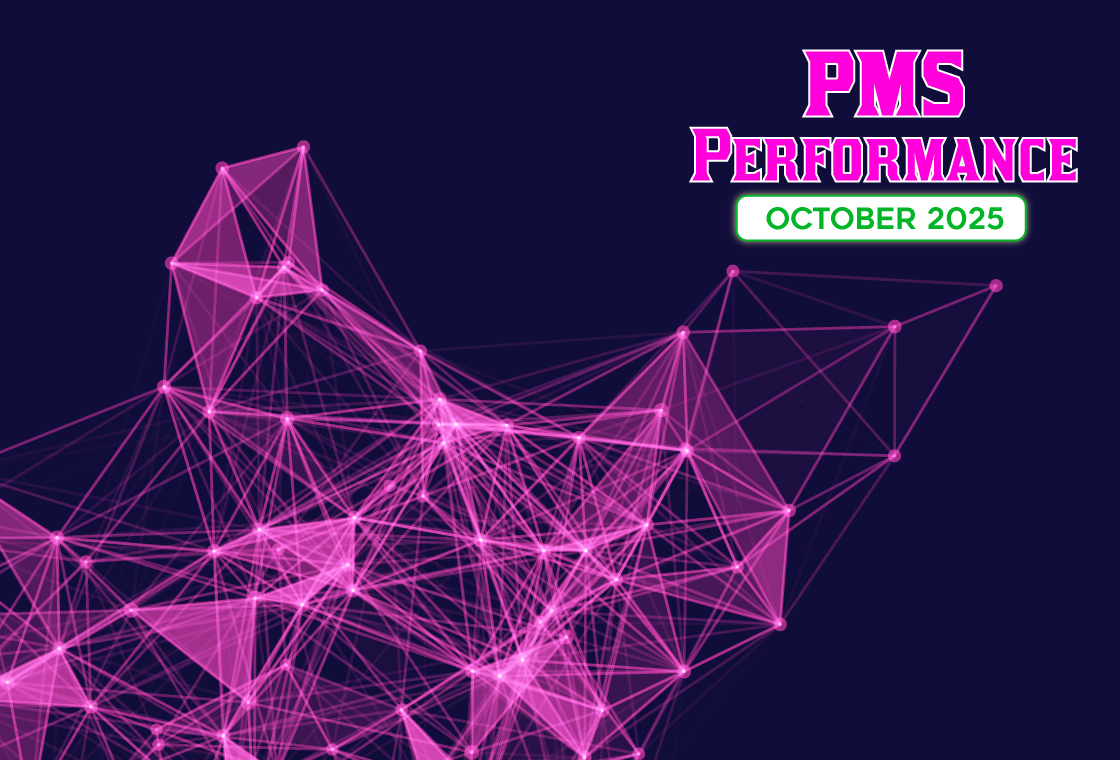The economy has recovered to close to pre-Covid-19 levels based on the growth in core industries and other high-frequency indicators. Contrary to the widespread perception that existed in April 2020 that large caps will outperform the mid and small caps, the markets are approaching pre-Covid19 levels, particularly in the mid and small size space. The high-growth portfolio is made up of high-growth companies, predominantly in the small- to the mid-cap range, and focuses on emerging themes in the future economy. In this blog, we brief you about high-growth stock models and strategies fund managers follow to make a portfolio grow in value.

Growth
fund managers focus on companies that are still expanding and expected to
generate increased revenues, rather than those that pay dividends. Some growth
funds are particularly aggressive, so managers must choose stocks based on how
quickly the company is expected to expand, rather than its ability to provide
long-term sustainable growth. Based on this backdrop conducted a Webinar
“Identifying High Growth Models –SISOP”
The
keynote speaker was Mr. Madanagopal Ramu, Head – Equity & Fund Manager,
Sundaram Alternates. In this webinar session, Mr. Madanagopal Ramu first briefed
on the highlights of their SISOP Strategy in brief. He then listed the
contributors of SISOP returns and presented their stock selection
process.
The key insights of this webinar are as follows
- What are high-growth models?
- How to build high-growth models?
1.
What are high-growth models?
High-growth models are those whose objective is achieving steady, low volatility returns by investing across sectors and asset classes. The base of this approach is tactical and dynamic asset allocation. By investing in a small number of high conviction stocks, you can create capital appreciation overall in market cycles.
The
additional overlay within this strategy is multiple asset classes like fixed
income, oil, and gold.
Keeping
the volatility factor low, the strategy strives to reach a high return profile.
These models are designed for investors looking to gain profits through
investments in a concentrated portfolio of businesses with enduring competitive
advantages and fair prices.
2.
How to Build a High Growth Model?
You need
to be able to identify new ideas and maintain small-cap space which has been
under-researched and not so well discovered by the market therefore it left a
lot of value on the table both from an earnings growth per share and valuation perspective.
The stock selection process is a crucial and crucial component of the overall wealth generation process. Even if you are invested in two underperforming sectors, you can still make meaningful returns if you have made the right stock selection. When we talk about growth, we don't mean the next one to two years; rather, we mean the next four to five years. As a result, the stocks we select must be able to grow at least 20% over the next four to five years to have a reasonable chance of doing so.
Next, for
a good stock selection process we must ask how big the opportunity size is for
that business, for instance, and what will help them to keep gaining market
share continuously. The current market share is one of the criteria that you
can use, or, what are the adjacent areas they can grow, or, what are the
adjacent markets they can grow," because these markets, when added
together, create the total addressable market.
Those who
follow the markets or specific investments more closely can beat the buy and
hold strategy if they can time the markets correctly and consistently buy when
prices are low and sell when they are high. This strategy will yield much
higher returns than simply holding an investment over time, but it also
requires the ability to correctly gauge the markets. For the average investor
who does not have the time to watch the market daily, it may be better to avoid
market timing and focus on other investing strategies more geared for the long
term instead.
You don't
need to specialize in many different sectors/industries. Pick a few sectors you
understand and that you believe could benefit from long-term trends. Focus on
companies you believe have a strong and sustainable competitive advantage. Your
core holdings should represent a good portion of your portfolio and should be
well-established companies, with a solid business model and consistent
top-line/bottom-line growth. Look for businesses in a fast-growing industry
that could benefit from long-term trends. These will be smaller companies
(think small/mid-cap)
Interesting
Question from an Investor & Mr. Madanagopal Ramu’s answer to it:
As
in past sectors like specialty chemicals which have already outperformed a lot
in the last five years, is it worth still looking at these sectors? Which are
the sectors one can consider investing in?
What is
important is not what the company has done over the past five years but what
matters is what it will do over the following five years. Looking entirely
futuristic, the selection procedure that you consider must be to understand the
potential for these businesses. How well positioned are these businesses to
expand over the next four years? In five years, do they make enough money, and
do they have a clear road map for how they want to produce this 20% growth
throughout the ensuing four to five years?
Mr. Madanagopal Ramu answered many other questions from the audience on the Macro-Macroeconomics as well as sector-related questions in the webinar session. He also discussed SISOP in brief and discussed the above-mentioned points on the High Growth Model. Relive the entire session & hear the in-depth insights from the speaker with the link appended below -
Get access to rich data and analytics of PMS & AIF by subscribing to us. Join the 40000+ investors & experts now: Subscribe NOW
Recent Blogs
.jpg)
Passively Active Investing — A Modern Investor’s Lens on ETF-Based PMS
PMS Bazaar recently organized a webinar titled “Passively Active Investing — A Modern Investor’s Lens on ETF-Based PMS,” which featured Mr. Karan Bhatia, Co-Founder and Co-Fund Manager , Pricebridge Honeycomb ETF PMs. This blog covers the important points shared in this insightful webinar.

Spot the Trouble: Red Flags in Equity Investment Analysis
PMS Bazaar recently organized a webinar titled “Spot the Trouble: Red Flags in Equity Investment Analysis,” which featured Mr. Arpit Shah, Co-Founder & Director, Care Portfolio Managers. This blog covers the important points shared in this insightful webinar.

Long-Only AIFs Rebound Sharply in October; Long-Short Strategies Lag Despite Lower Volatility
106 long-only AIFs averaged 3.68% vs 32 long-short AIFs at 2.7%; only 24–31% of funds beat key indices

Markets log strongest monthly gains in 7 months; PMS performance turns near-uniform in October
Nifty 50 TRI gained 4.62%, BSE 500 TRI rose 4.27%; 415 of 427 equity PMSes ended positive

How SMEs are Shaping India’s Investment Landscape?
PMS Bazaar recently organized a webinar titled “How SMEs are Shaping India’s Investment Landscape?” which featured Mr. Shrikant Goyal, Fund Manager, GetFive Opportunity Fund.

Stable Income from Indian REITs and InvITs
PMS Bazaar recently organized a webinar titled “Stable Income from Indian REITs and InvITs,” which featured Mr. Rahul Jain, Head of Public Markets, Alt.

5 Key Considerations Before Investing in AIFs in India
Alternative Investment Funds (AIFs) have emerged as a compelling option for sophisticated investors seeking diversification and potentially superior returns. But venturing into AIFs requires a clear understanding of their unique characteristics that go beyond simply knowing what they are and their categories.

How AIF can help in diversification?
Traditionally, Indian investors have relied on a mix of stocks and bonds to build their wealth. While this approach offers diversification, it can still leave your portfolio vulnerable to market fluctuations. Enter Alternative Investment Funds (AIFs), a dynamic asset class gaining traction for its ability to unlock diversification beyond the realm of conventional options.

